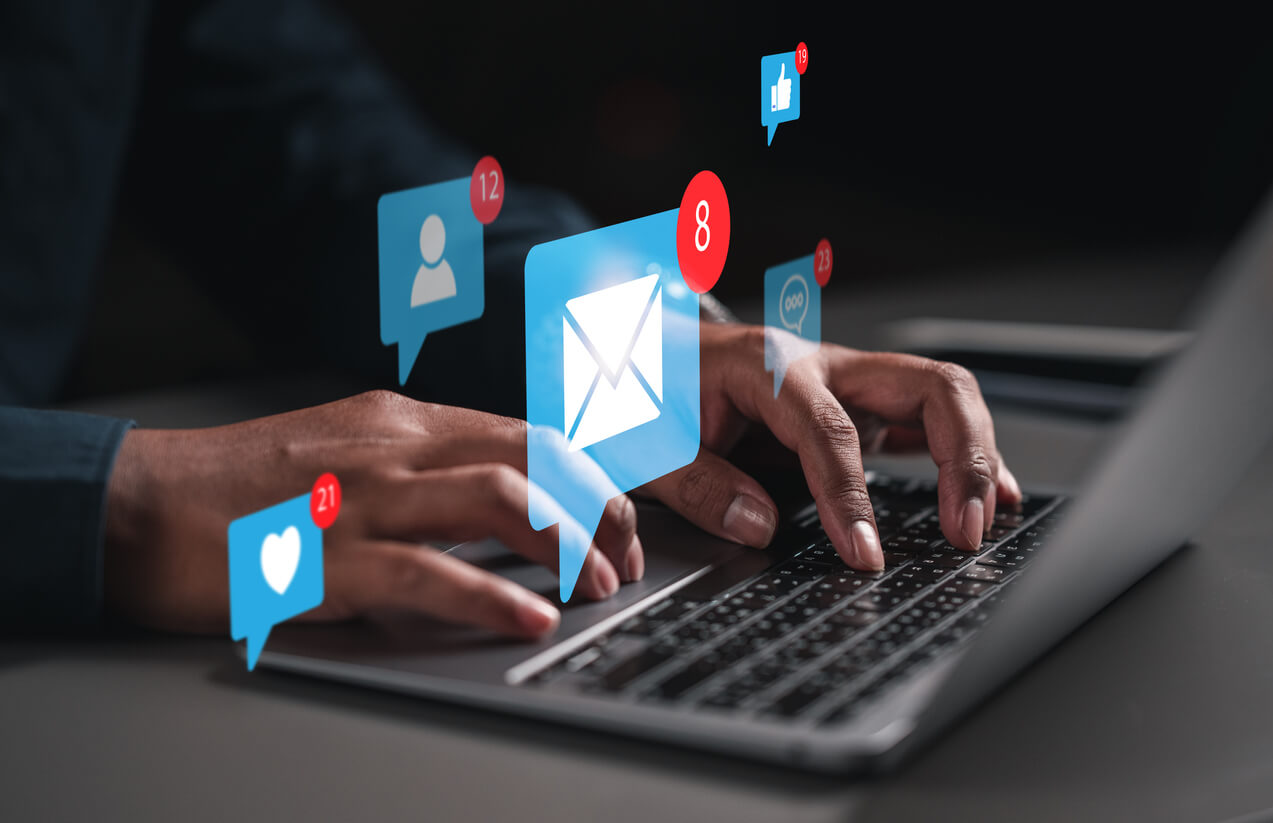Email is cited as the most effective digital marketing channel for customer retention in the U.S., while also serving as the foundation of the marketing-to-sales funnel for the majority of B-to-B and B-to-C marketers.
However, the inevitable attrition occurs for the majority of brands. Though consumers may not formally opt out, a significant number of formerly active buyers simply stop engaging with a brand’s email communications and are removed from the CRM program altogether.
Ultimately, these inactive records become an impediment to strong engagement metrics, adversely impacting deliverability and prompting companies to cease marketing to these customers, thereby eliminating all future revenue potential.
Given that numerous studies demonstrate that opt-in consumers are more profitable than those who cannot be communicated with via email, marketers can’t afford to ignore unengaged buyers. These inactive buyers no longer need to sit dormant — there’s an option to reactivate these opt-in consumers and drive additional revenue.
Email for Reactivation
According to a Marketing Sherpa study, upwards of 75 percent of email subscribers are inactive. When using email for reactivation, a multifaceted approach should be implemented to address the challenge of inactive email records, using the following key elements:
Data Hygiene and Enhancement:

Approximately 25 percent to 30 percent of contact data goes bad each year under normal circumstances. People move, businesses change, people get new jobs, email conventions change and the list goes on. If you have inactive customer records sitting in your database, you’ll need to verify the deliverability of your emails.
A data enhancement service can verify which emails are bad, append new emails to files, identify addresses known to be associated with spam traps, and even add additional demographic elements to your records to improve segmentation techniques.
Types of Email Messaging for Reactivation:
The next step is to segment your email subscribers based on criteria such as clickers who haven’t purchased within a certain time frame, non-openers, or openers who haven’t clicked or purchased within a certain time frame.
Many strategies can be implemented to get your customers to buy again. Be sure to experiment to see which types of email (and at what frequency) get the most traction for each customer segment.
That’s only the first step, however. Once a customer decides to open your email, the content needs to be enticing. Research suggests that using a shorter subject line is more effective in win-back emails. Consider using words such as “miss you” and “come back” to achieve higher read rates. Emails with specific dollar amount discounts in subject lines vs. percent-off discounts have also been shown to perform well when reactivating lapsed customers.
Relevancy:
People unsubscribe from emails due to content that’s no longer relevant to them. Often, the best and most effective way to get to know your subscribers better is simply to ask for their demographic information (e.g., age, gender) and email preferences.
Case Study
A national clothing retailer wanted to reactivate a large file of lapsed email addresses. The company wasn’t engaging with these inactive email addresses in large part due to the restraints of their existing email service provider, which enforced recency rules of email addresses. A dedicated ISP infrastructure was employed, as well as the execution of a custom deployment plan that included data enhancement, creative splits, personalization, testing/retesting of seed deployments, and suppression of client files.
As a result, 3.5 million email addresses were reactivated through data append and hygiene processes, enabling the client to grow its reach and engagement with the brand. These email addresses were added to the client’s daily email deployment plan.
The campaign generated:
- a 7:1 return on investment in terms of conversions/purchases;
- a 2.22 percent open rate;
- .61 percent clicks to be delivered; and
- 36 percent clicks-to-open.
Test Your Efforts and Don’t Give Up
Don’t give up if your emails aren’t opened immediately. Studies indicate that the average length of time between when people receive a win-back email and when they read a subsequent message can be up to two months. Likewise, just because a subscriber doesn’t read your win-back campaign, doesn’t mean that they won’t read future messages. Even though subscribers may not have read a brand’s win-back campaign, almost half of the subscribers read subsequent messages.
The key takeaway here is to be patient, test your email campaigns, and, remember, while there’s no magic formula, the efforts can pay off huge in the long run.
Since reactivation campaigns build upon prior marketing investments to re-engage buyers with some level of brand familiarity, they can deliver significant incremental revenue gains. A secondary benefit is an increase in these buyers’ receptivity to future campaigns.
By every measure, reactivation pays tremendous dividends when well executed, demonstrating that successful brands must view reactivation as an ongoing strategic tool rather than a one-and-done activity.
Learn how Porch Group Media can help you get to know your customers better and reach them across channels to boost your marketing success. Contact us to get started!




